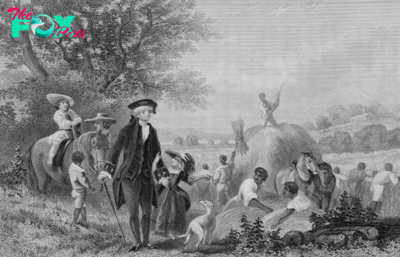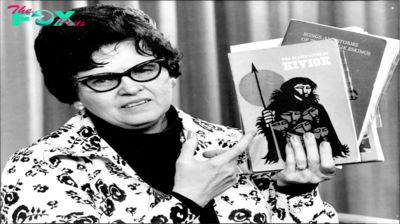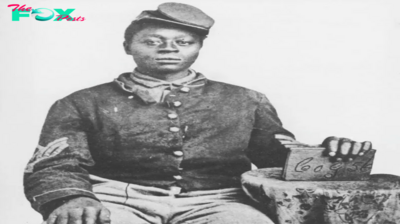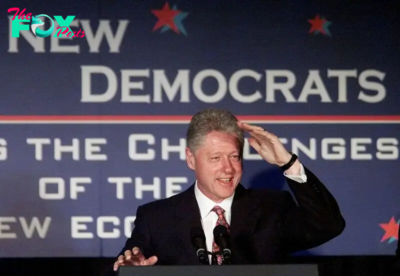History
The Protests That Anticipated Today’s Gaza Solidarity Encampments
Across the country, college and university students have established Gaza Solidarity Encampments on their campuses to protest what they see as their institutions’ complicity in Israel’s indiscriminate warfare against Gaza, only to be met in some cases with police repression, arrests, and violence. These encampments can be seen as part of a longstanding American tradition of nonviolent civil disobedience. The encampments, which include many anti-Zionist Jewish students, opted for bold, nonviolent confrontation to disrupt ordinary campus life and the official rules governing student conduct. While these protests have been largely peaceful, there have been incidents of violence involving counter-protesters, such as those at UCLA who assaulted pro-Palestinian students with chemical spray and wooden planks on April 30.
An under-acknowledged, yet insightful, point of historical context for this moment is the campus-based protests in 1967 against the Dow Chemical Company’s contract with the U.S. Military. Dow manufactured napalm, the chemical weapon used by the Military to defoliate the jungles of Vietnam while severely burning and killing substantial numbers of civilians. To resist these horrors, students organized sit-ins to disrupt the activities of recruiters from Dow Chemical on their campuses. Many anti-war students advocated for their schools, when applicable, to divest from Dow. That paralleled the rise, in the 1960s, of “social investors” who withdrew funds from Dow because of their moral opposition to napalm. The Dow sit-ins, at the University of Wisconsin, Harvard University, and other colleges, paralleled the Gaza solidarity protests for their shared emphases on divestment and links between the campus, war, and imperialism.
The Dow sit-ins were inextricably tied to the “New Left,” a simultaneously American and global movement for the transformation of society according to humane and democratic ideals. Compared to the “Old Left,” associated with Communist parties and labor unions, the New Left was comprised of students, bohemians, and older activists who believed that issues of culture and identity, such as those related to race and gender, were integral to the class struggle.
Read More: A Famine in Gaza May Bring a Genocide Ruling Against Israel
Students for a Democratic Society (1960-1969), the flagship organization of the American New Left, achieved national prominence through anti-Vietnam War protests beginning in 1965. SDS connected the campus to the world by “naming the system,” which SDS called “corporate liberalism.” SDS chapters across the country constituted a "big tent" of young radicals of many kinds, as well as hippies who shared in students’ opposition to militarism and the draft.
SDS, in its seminal “Port Huron Statement” of 1962, preempted the charge—which echoes in reaction to the Gaza encampments of today—that student protesters were “privileged brats.” SDS co-founder Tom Hayden and his peers wrote, “We are people of this generation, bred in at least modest comfort, housed now in universities, looking uncomfortably to the world we inherit…Many of us began maturing in complacency. As we grew, however, our comfort was penetrated by events too troubling to dismiss.” Many of the anti-war students did not come from privilege, particularly those paying in-state tuition at public colleges like UW-Madison. Even “modest comfort” was no excuse for apathy in the eyes of SDS.
The first anti-napalm demonstrations led by SDS took place at the University of California, Berkeley, with marches in October 1966. Students demanded that Dow Chemical cease its manufacture of the incendiary weapon, and that colleges divest from Dow as well as forbid the company’s campus recruiters. Berkeley, which had a large SDS chapter, was previously the birthplace of the Free Speech Movement in 1964-65. The Free Speech Movement, through bold protests, resisted UC Berkeley’s ban on political activity on the campus—established only to suppress students who raised money for the Southern civil rights movement.
The fall of 1967 saw two significant protests, one at the UW-Madison and another at Harvard, as students staged sit-ins against Dow Chemical’s on-campus recruiting. Dow’s presence on campuses uniquely represented, for the student New Left, the significance of universities to capitalism and the defense-industrial complex—in a decade of unprecedented college enrollment of young men and women. On Oct. 18, hundreds of Wisconsin students blocked the hallways of Commerce Hall, the campus building that hosted Dow recruiters, to preclude other students from attending their interviews.
The anti-war students staging a peaceful yet disruptive sit-in at Commerce Hall were met with UW-Madison police, who later called in the city’s police department for reinforcements. The initially peaceful protest escalated into violence once the city of Madison’s police officers assaulted demonstrators with clubs and tear gas, which provoked anti-war students into resisting arrest with rocks and bottles.
Read More: What Professors Owe Our Students Right Now
Paul Buhle, then a History graduate student at UW-Madison and editor of New Left magazine Radical America, participated in the Dow sit-in and managed to avoid the blows of nightsticks. He later recalled that the events of that day were more accurately described as the “Dow Police Riot,” because of the aggressive actions of police officers. Buhle recalled that Madison’s police officers were mostly conservative and pro-war who saw student protests as unpatriotic or dangerous. Buhle also noted that Madison’s police and state legislators largely blamed campus radicalism on "outside agitators," particularly Jewish students from New York. In 1968, Wisconsin’s legislature, driven by anti-Communist and antisemitic fears about the student Left, curtailed the admission of out-of-staters at UW-Madison, including by slashing tuition remission for out-of-state graduate students.
The Dow sit-in brought national attention to Wisconsin students’ participation in the anti-war movement, and it inspired similar actions at Harvard and other schools. On Oct. 25, 1967, 300 students at Harvard and Radcliffe, many affiliated with SDS, conducted a sit-in at Mallinckrodt Hall that locked a Dow Chemical recruiter in his office for seven hours.
The students, including sympathetic ones who did not join the sit-in, voluntarily handed over their student ID cards to accept punishment. From the civil rights movement, a key tenet of nonviolent civil disobedience has been that participants accept legal or disciplinary consequences as they deliberately transgress unjust laws and systems.
In this case, Harvard’s deans did not call for police, preferring instead to speak to the students directly. They later gave each student who handed over an ID card the chance to appeal any consequences by explaining their participation in writing. The next day, an op-ed in the Harvard Crimson expressed support for the sit-in. The unnamed author observed that “the sit-in may have been incautious, but it was justified” because those students had “a right and a duty to indicate to their fellow students and their foes the strength of their opposition to the war…wherever and whenever possible.”
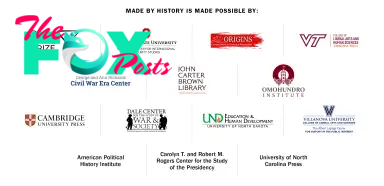
Institutions of higher Education are not insulated from pressing issues of inequality, violence, and oppression. Today, students in the Gaza solidarity movement, just as in the anti-Dow protests of the past, have raised important concerns about whether their campuses are loci of material support for violence and profit. Columbia University Apartheid Divest, for example, has linked Columbia’s investment portfolio to many companies the group claims have profited from Israel’s expansion of illegal settlements in the West Bank. Divestment campaigns at other universities have similarly exposed their endowments’ ties to weapons manufacturers that supply Israel’s bombings of Gaza. In 1968, when SDS and the Student Afro-American Society staged a nonviolent occupation of Columbia, they similarly challenged the university’s material stake in the defense sector and the gentrification of Harlem. Students today, of multiple faiths, are fighting for the lives and freedom of Palestinian people because they share a key tenet of the 1960s New Left: that no kind of privilege is an excuse for apathy.
Dr. Adam Tomasi, a historian of 20th century social movements in the United States and the world, has recently graduated with a Ph.D. in World History from Northeastern University.
Made by History takes readers beyond the headlines with articles written and edited by professional historians. Learn more about Made by History at TIME here. Opinions expressed do not necessarily reflect the views of TIME editors.
-
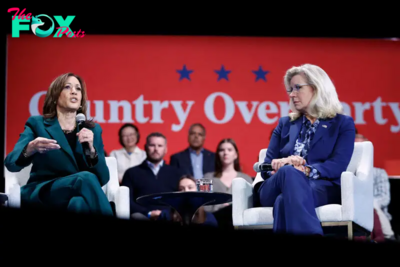
 History1w ago
History1w agoWhy People Should Stop Comparing the U.S. to Weimar Germany
-
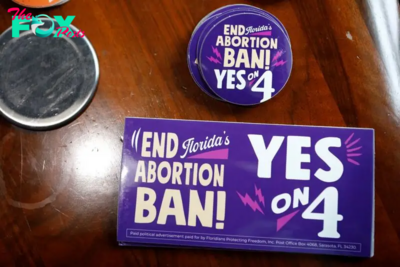
 History1w ago
History1w agoFlorida’s History Shows That Crossing Voters on Abortion Has Consequences
-
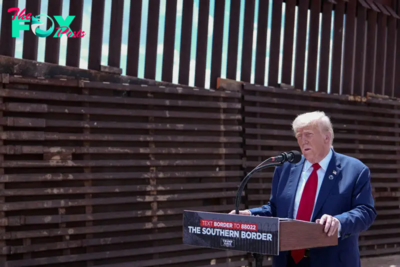
 History1w ago
History1w agoThe 1994 Campaign that Anticipated Trump’s Immigration Stance
-
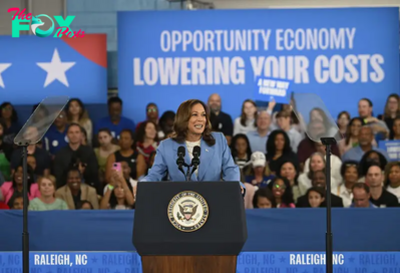
 History2w ago
History2w agoThe Kamala Harris ‘Opportunity Agenda for Black Men’ Might Be Good Politics, But History Reveals It Has Flaws
-
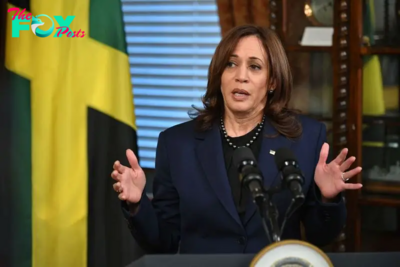
 History2w ago
History2w agoLegacies of Slavery Across the Americas Still Shape Our Politics
-

 History2w ago
History2w agoKamala Harris Is Dressing for the Presidency
-

 History2w ago
History2w agoWhat Melania Trump’s Decision to Speak Out on Abortion Says About the GOP
-

 History2w ago
History2w agoThe Long Global History of Ghosts
